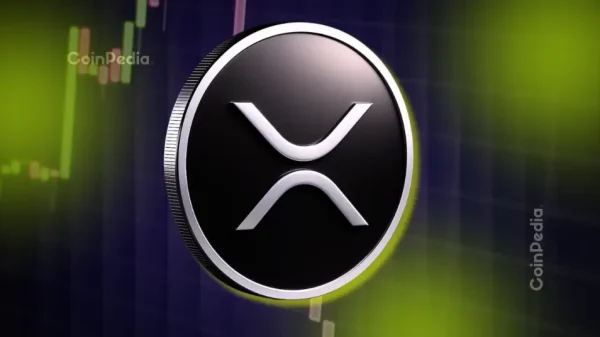
Charger Metals NL (ASX: CHR, “Charger� or the “Company�) is pleased to announce that results have been received for the infill soil sampling programme completed across the Mt Gordon Prospect at its Lake Johnston Lithium Project (“Lake Johnston�), in Western Australia. This work is being funded by Rio Tinto Exploration Pty Limited (“RTX�) pursuant to RTX’s farm-in agreement with Charger in relation to the project.2
Infill soil-sampling programme has further delineated surface lithium anomalies at the Mt Gordon Prospect at Lake Johnston, including anomalies not previously identified.
New lithium anomalies have been defined near historic drill-holes that logged pegmatite intersections with elevated lithium values.1The soils programme has also defined a large niobium anomaly 1.8 km by 1.7 km in the south of the tenement.
Field mapping and potential air core (AC) drilling is required to determine the source of the elevated niobium at surface.Approvals for reverse circulation (RC) drill programmes at Mt Gordon and Medcalf are expected to be received later this quarter.
864 samples were taken at 50m spacing on infill lines which reduced sample line spacing to 200m (see Figure 1).
The results from the closer-spaced samples have better defined the large lithium soil anomalies at Mt Gordon, as shown in Figure 1. Furthermore, new more discreet lithium anomalies have been defined. In particular, a new lithium surface anomaly has been delineated in close proximity to a historic diamond drill-hole MGD002, in which thin pegmatite intervals with elevated lithium values were logged at depth.1
Charger’s Managing Director, Aidan Platel, commented:
“The results from the recent phase of soil sampling at Mt Gordon have successfully increased the resolution of the large lithium surface anomalies defined by the first phase of sampling, thus providing more accurate targets for the upcoming RC drill programme.
The new, more subtle lithium anomalies defined by the recent soils exhibit good prospectivity, particularly the anomaly in proximity to known lithium-bearing pegmatites intersected in historical drilling.
We continue to work with the Department of Mines Department of Energy, Mines, Industry Regulation and Safety (DMIRS) with regards to our drilling approvals, with the next phase of RC drilling scheduled for next month.�
In addition to the lithium anomalies, the results from the recent phase of soil sampling at Mt Gordon have defined a large niobium (Nb) anomaly in the south of the tenement (Figure 2). The anomaly (>10ppm Nb) covers an area of approximately 1.8km by 1.7km with results up to 21.4ppm Nb and is coincident with an underlying magnetic high (Figure 2). Further work such as field mapping and sampling, and potentially shallow AC drilling, is required to determine the potential source of this large anomaly (this is yet to be considered by RTX under the current funding arrangements).
Click here for the full ASX Release

































